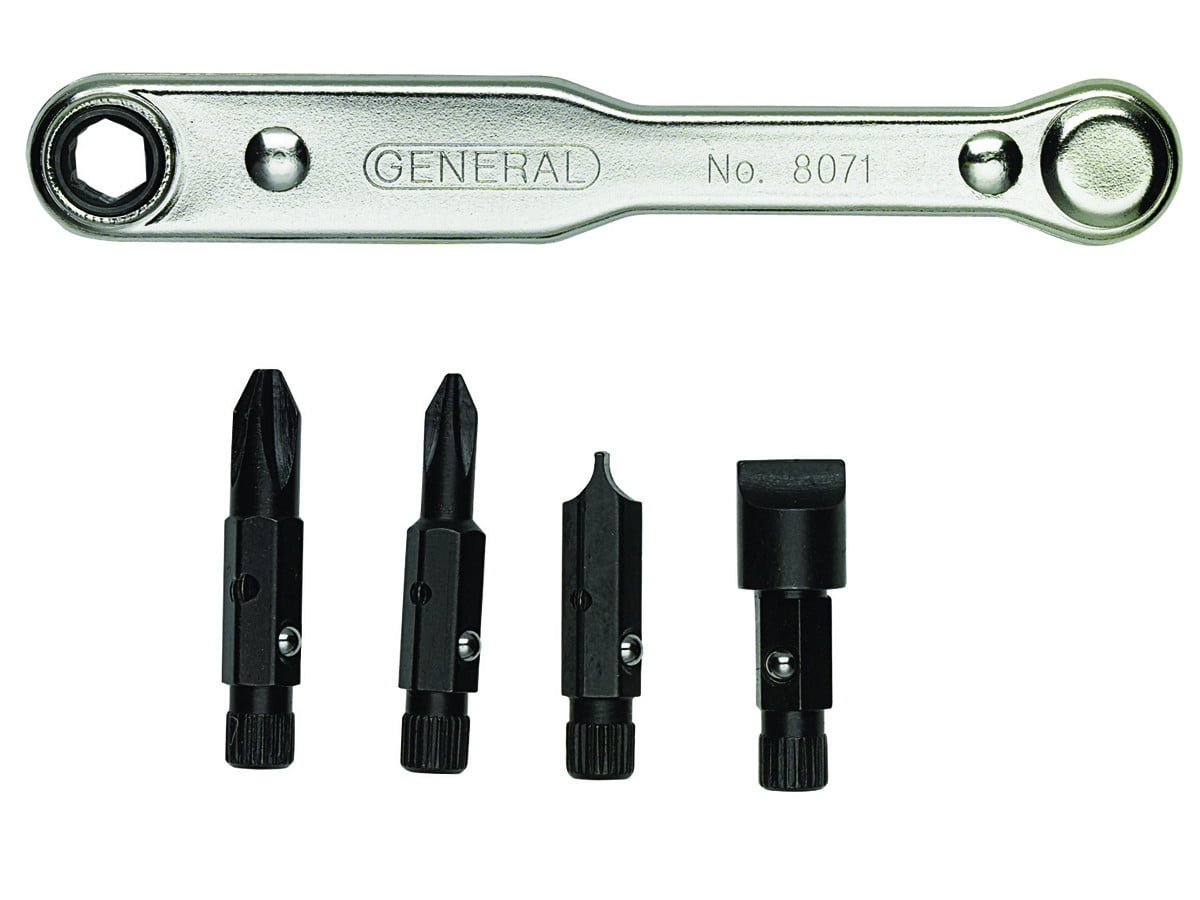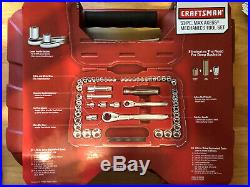

Square heads and sockets were the easiest to make in the era when hand filing was the typical method of manufacture. However, the term "socket wrench" is not used in British English In current American English usage, the term "socket wrench" describes the wrench, not the socket. The first illustration of the tool appears on p. 248 of the Apissue of Scientific American. Patent 38,914) through the Scientific American Patent Agency on June 16, 1863. The ratcheting socket wrench, with interchangeable ( indexable) sockets, was invented by an American, J.J. The heads and sockets were typically square hex heads eventually became more common starting in the 20th century. Early examples include the keys used to wind clocks since the Middle Ages.
CRAFTSMAN PASS THROUGH RATCHET SET DRIVER
Wrenches in the form of sockets-that is, a female driver to envelop the male head of a fastener-have existed for centuries.
CRAFTSMAN PASS THROUGH RATCHET SET DRIVERS
Male drivers are also produced for use with socket head cap screws, and are often called Allen drivers (trademark) or the generic term male bit drivers.

Very large sockets and drivers are typically powered by hydraulics to achieve torque. Given the limits of human strength and fatigue, torque above 800 N⋅m (600 lbf⋅ft) of torque will generally involve some kind of power assist, instead of the user simply pushing on the handle of a wrench. Larger drivers are typically used with higher torque, while smaller drivers are used for convenience in smaller low torque applications. The tool chosen to drive the socket wrench ultimately supplies the mechanical advantage needed by the user to provide the torque needed to loosen or tighten the fastener as may be required. Some common hand ratchets employ a quick release button on their top for quick socket release of smaller sockets. Some square drivers have a through hole to attach the socket to the driver (using a retaining ring with O-ring and pin type, or single piece molded retaining rings), a locking pin, or friction ball. This wide range of square drive sizes provides for a wide variety of socket types and sizes to suit small to very large nuts and bolts. 5 spline drives specified in ANSI B107 specifications.


Standard sizes of square drives around the world include 1⁄ 4, 3⁄ 8, 1⁄ 2, 3⁄ 4, 1, 1 + 1⁄ 2, 2 + 1⁄ 2 and 3 + 1⁄ 2 in (6.4, 9.5, 12.7, 19.1, 25.4, 38.1, 63.5 and 88.9 mm) square drive sizes (a de facto international standard with no metric equivalents ) along with some lesser used drivers such as 5⁄ 8-inch square drive, and both No. These are attached to the driving tool via a male/female square connection fitting (called the square drive). The basic contemporary form of socket is hexagonal, referred to as "6-point" for the pointed intersections where its six solid sided facets meet. Some lesser known hybrid drivers include striking wrench tools with square drive, and hydraulic impact wrenches (typically powered by on site hydraulic power such as present with military tanks, and many rail car applications). Other common methods of driving sockets include pneumatic impact wrenches, hydraulic torque wrenches, torque multipliers and breaker bars. A ratchet incorporates a reversible ratcheting mechanism which allows the user to pivot the tool back and forth to turn its socket instead of removing and repositioning a wrench to do so. The most prevalent form is the ratcheting socket wrench, often informally called a ratchet. Socket set with ratchet (above), four hex sockets and a universal joint.Ī socket wrench (or socket spanner) is a type of spanner (or wrench in North American English), that uses a closed socket format, rather than a typical open wrench/spanner to turn a fastener, typically in the form of a nut or bolt.


 0 kommentar(er)
0 kommentar(er)
